A question that seems obvious when looking at the SuitePad in-room tablet, is why we do the detour with additional hardware when every guest brings their own device.
Why don’t we work through an app or a mobile website that is integrated with hotel Wi-Fi? Although both functionalities (app and mobile website) are also possible with the SuitePad system, our focus lies on in-room hardware. So why?
No other medium in the hotel room has a higher usage statistic than an in-room tablet. Even when comparing to our own BYOD (Bring your own Device) solution we notice a ten-times higher user engagement on the in-room tablets. As for app solutions, the problem is that they are currently rarely being downloaded onto the guest’s device (on average only below 2% of the guests are reached). In comparison, the reach of the in-room tablet solution is about 40-times higher.
When the hotel website is integrated into the Wi-Fi, i.e. the hotel information is on the front page when logging into the hotel Wi-Fi, we see a “Bounce-Rate” of about 90%. That means 90% of the guests do not have a look at the hotel offers but directly leave the page. It’s easy to understand why: The guest that logs into the hotel Wi-Fi does so to use the internet (e.g. check his emails, Facebook, etc.). The SuitePad on the other hand is used with a more curious mindset.
Another problem with Wi-Fi solutions is that the guest mostly stays logged in throughout their stay. So when they look up the required information later they won’t be directed to the hotel-info-page again. The tablet on the other hand is in reach at any time. That means that no matter which channel the client books through, their room (your website, HRS, Booking, etc.) – in the end about 80% of the hotel guests hold the SuitePad in-room- tablet in their hands and use it for an average of 10.3 minutes per day. On the one hand, there is the potential to learn a whole lot about the individual client and on the other hand, you create a new channel to communicate your hotel services and include the guest in hotel processes. In our experience, when using the in-room- tablet, the visibility of all the services will be 10 times higher. Therefore, this channel is substantially more suitable for guest communication than the BYOD solution (whether it’s presented through the hotel Wi-Fi or via an app). Further reasons why the in-room-tablet solution is at the center of our attention:
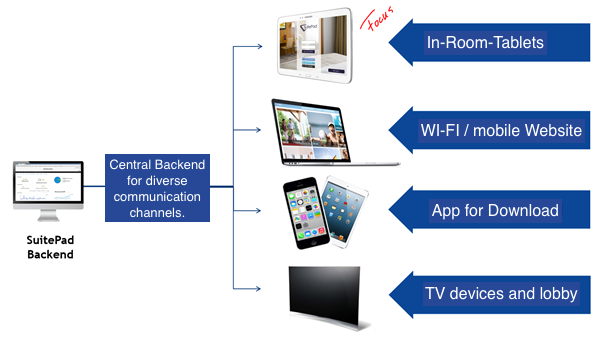
1. The SuitePad in-room tablet can, by Euro Stars classification standards, replace e.g. guest directory, phone, TV remote control, magazines, etc. creating a real savings potential.
2. Tablet-PCs are getting cheaper. High-quality devices are available at a price of less than EUR 70, -.
3. The device is a new highlight for the guest in the room. More than 40% of the guests wish to have a tablet in their room (when it comes to the under 30 age group it’s even more than 60%). Source: Fraunhofer IAO 2014 („Die Welt kompakt “, 12.09.2014)
4. You can thoroughly control the content on the in-room device and e.g. send Push-Messages at any time. These functions will often be disabled on guest devices.
If you add acquisition cost, additional overhead because of the hardware, as well as insurance against breakage and theft of the tablet, the costs that are traced back solely to the hardware, in our experience, is at about EUR 2.50 per room. We are strongly convinced that the added value (up to 40-times higher visibility of the hotel services and replacement of likewise costly paper information) is greater than the cost of EUR 2.50 per month per room. Therefore, we rely on the tablets in the rooms. By the way: With the hardware itself we hardly earn any money or are in some cases even left with an expense. Therefore, it’s also not a problem for us if you buy the devices from a third party.
- Published on August 22, 2016
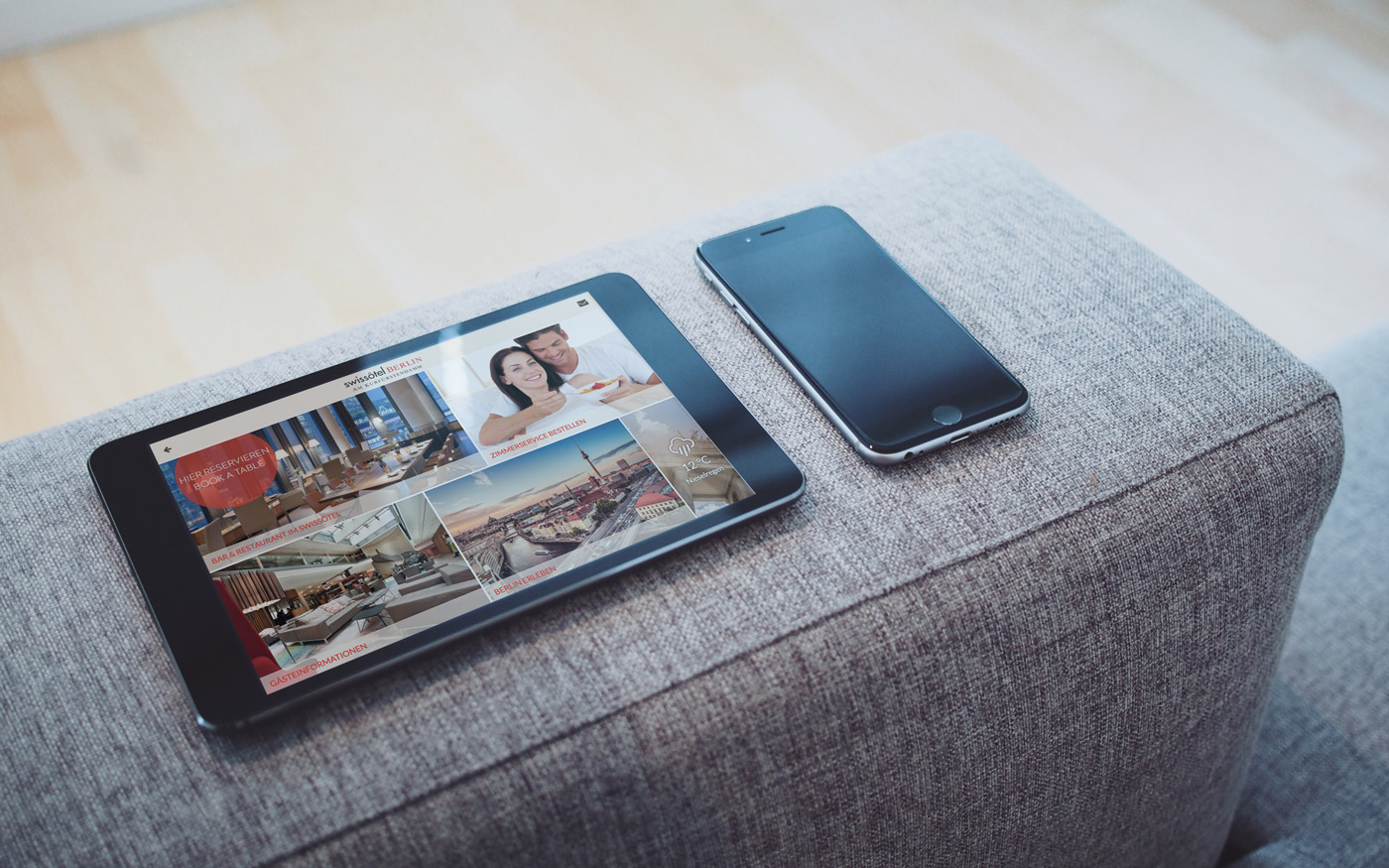


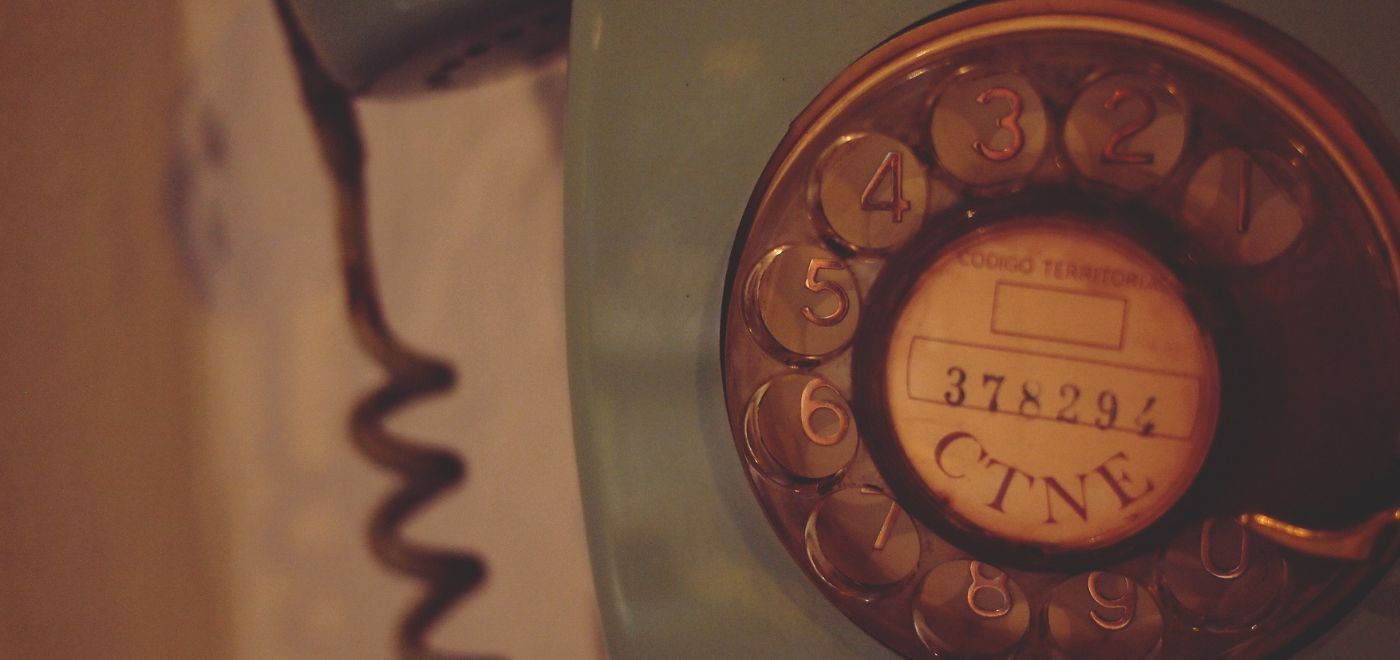
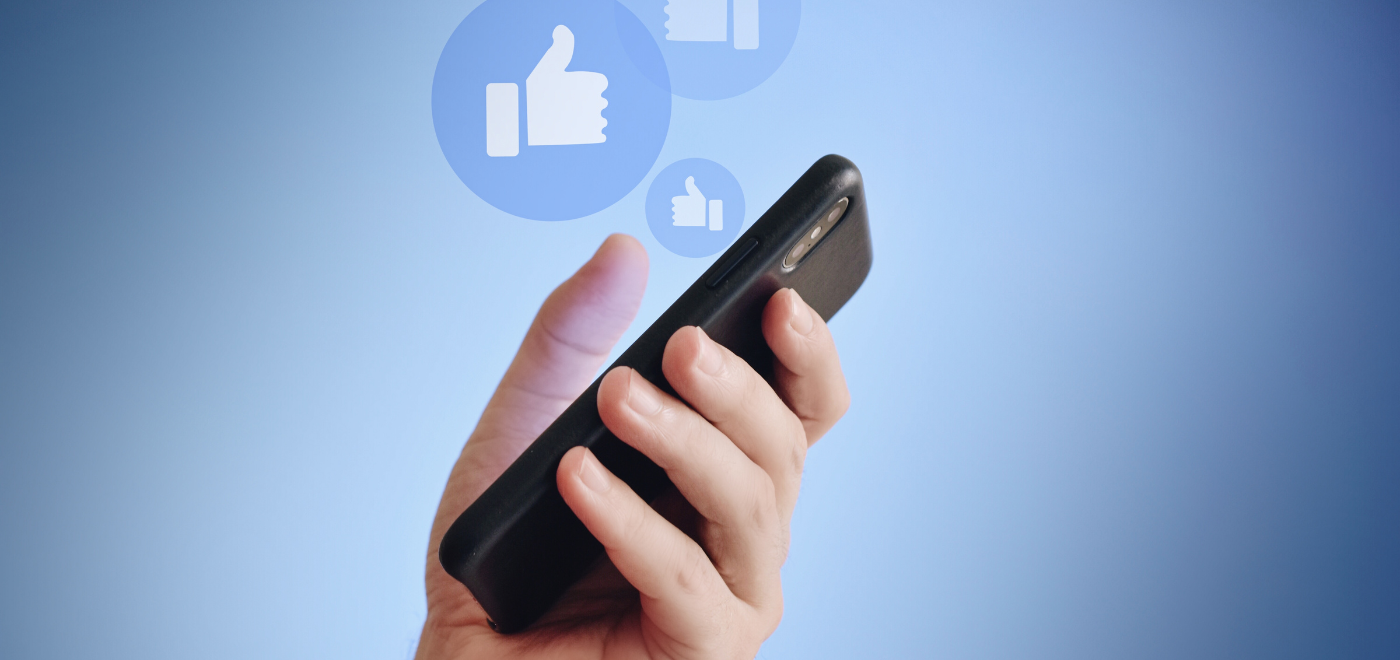
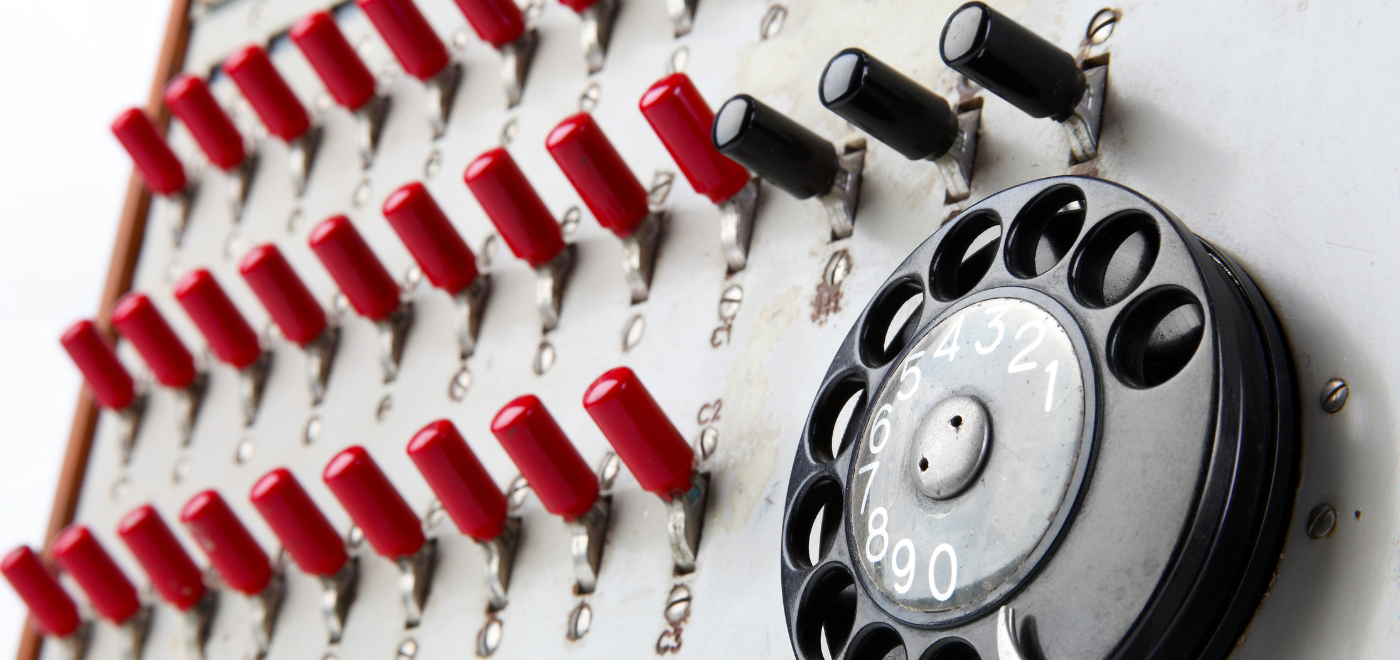
.png)
